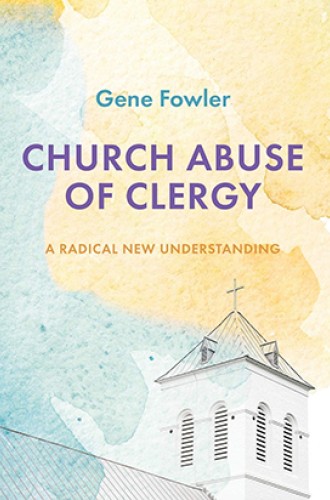How dying churches abuse pastors
Gene Fowler examines why traumatized congregations so often attack their leaders.
Long before the coronavirus pandemic shuttered church doors, attendance was in decline in mainline denominations. When attendance is down, financial decline follows. Some churches close; others reduce staff or clergy. Amid this agonizing demise of congregations, Gene Fowler offers a bold account of the toll this decline takes on congregations and clergy.
Fowler focuses on abusive church systems, which he carefully distinguishes from church conflict. Conflict is a dispute or serious disagreement that begins with a particular issue, such as the use of a flag in the sanctuary or a proposed building project. Church conflict is interpersonal, whether it occurs between individuals or among cliques in the congregation.
Church abuse of clergy is quite different. It’s a pattern driven by the congregation’s social unconscious reaction to traumatization. Fowler skillfully builds on the work of Wilfred R. Bion (who helped develop the theory behind psychoanalytic group psychology—including the power of the herd instinct) in explaining how this trauma plays out in congregations.





